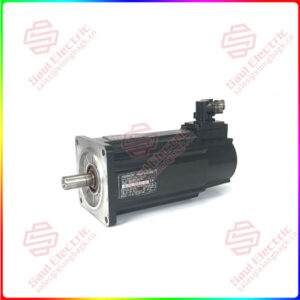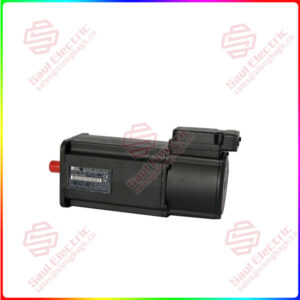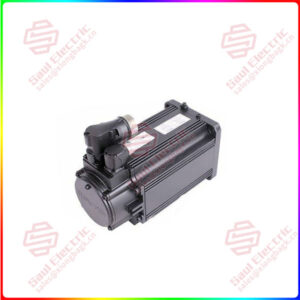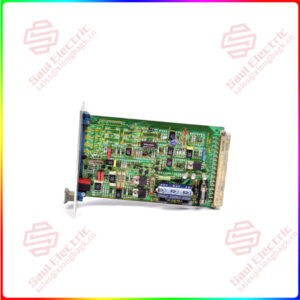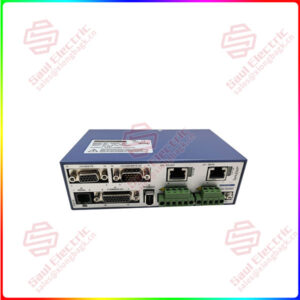Description
Overview
Essential details:A06B-6290-H207 SERVO AMPLIFIER MODULE AISV 40/40HV FANUC
1. Concept
The servo driver, also known as the servo amplifier or amplifier, is a device that outputs the pulse signal or analog signal input from the controller to the motor after internal calculation and amplification.
2. Structure and principle
The servo driver is composed of servo control unit, power drive unit and communication interface unit. The servo control unit includes position controller, speed controller, torque controller and current controller.
The servo driver can be divided into two modules, the power board and the control board, which are relatively independent in function. The power board is the strong current part, which includes two units, one is the power drive unit IPM used to drive the motor, and the other is the switching power supply unit to provide digital and analog power for the entire system. The control board is the weak current part, the control core of the motor and the operating carrier of the core control algorithm of servo drive technology. The control board outputs PWM/PFM signal through the corresponding algorithm, which is used as the drive signal of the drive circuit to change the output power of the inverter, so as to achieve the purpose of controlling the AC servo motor.

A06B-6290-H207
lf you need to inquire or purchase ,please send the product models to my email or call medirectly .
sunny He
[Email] sales@xiongbagk.cn
[Mobile] 86-18059884797
[WhatsApp] 86-18059884797
[Skype] sales@xiongbagk.cn
A06B-6290-H207 SERVO AMPLIFIER MODULE AISV 40/40HV FANUC
This is a tricky question. Yes, the servo drive does provide a control element for the motor. Without motor drive, you will lose control. But, operating the motor as needed, are they controllers? Sometimes, but not always.
Let’s go back to the era of servo amplifiers. The motor does run from the power obtained from the amplifier. The amplifier does provide three-phase phase modulation for the brushless motor, which is essential for the correct operation of the motor. Most importantly, however, amplifiers do one thing: amplify. They receive command signals from an external source such as a dial, slide switch, or computer, and power the motor based on this. If you want to change the torque, speed or position of the motor, you must change the command signal. The controller is what transmits the command signal.
Nowadays, servo drives have become more advanced, but the line between drive and controller can be somewhat blurred. Some analog drivers have a potentiometer built into them, so if someone were to control the motor by manually adjusting the gain or offsetting the potentiometer (as we sometimes do when testing on IMC), that driver would technically act as a controller. That is, these processes are usually done during the adjustment process and are not used as control inputs for real applications.


 1 Year Warranty
1 Year Warranty
